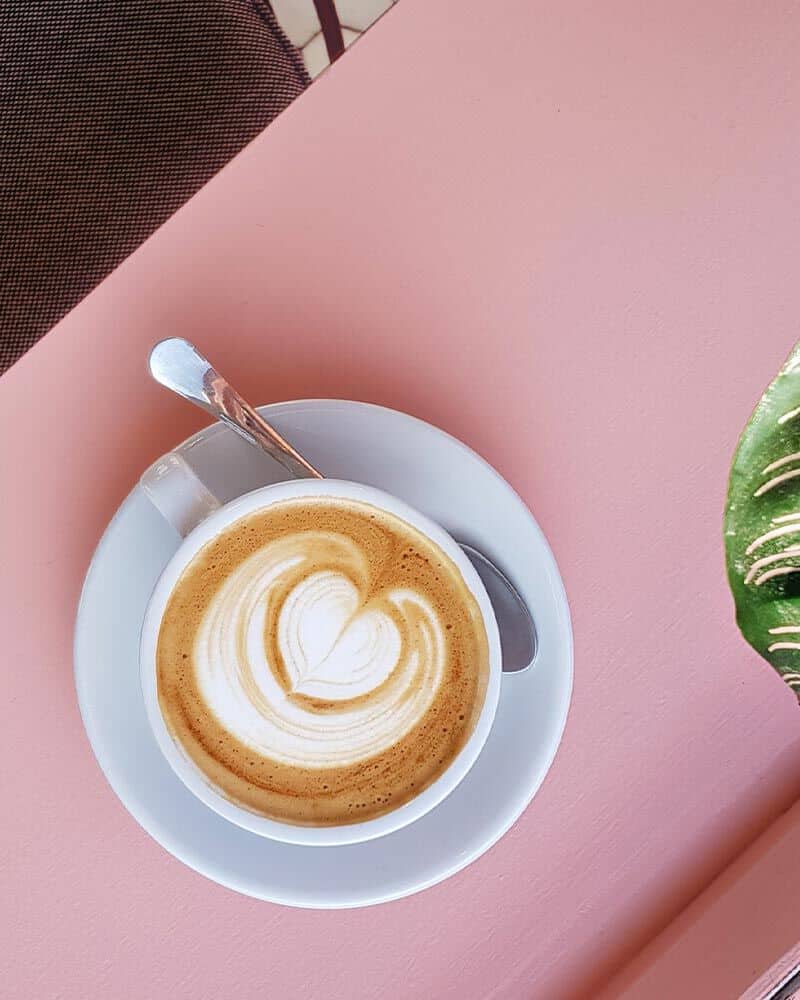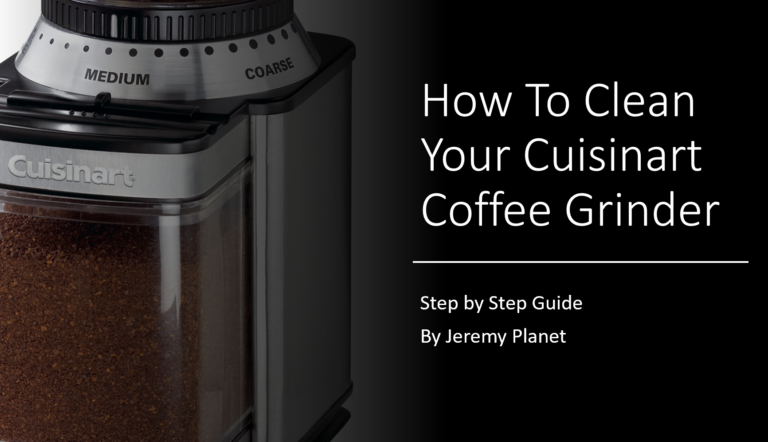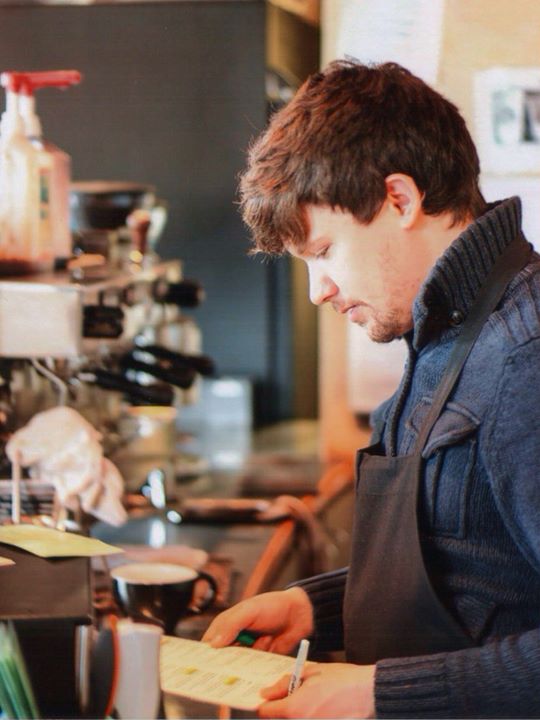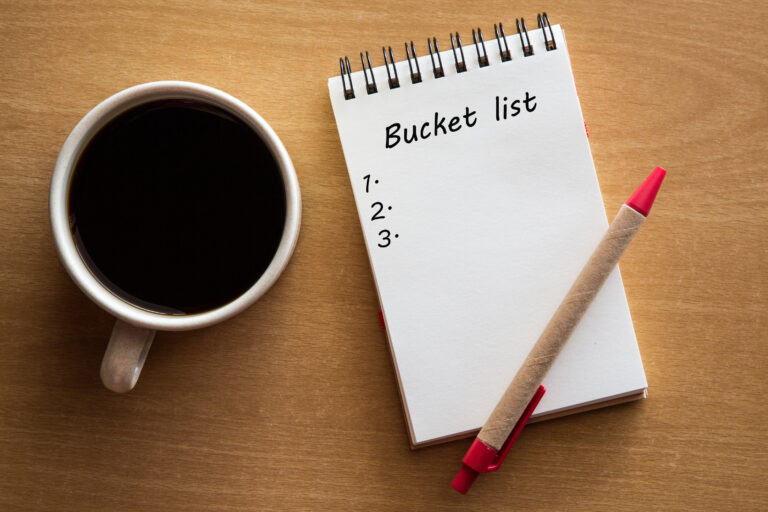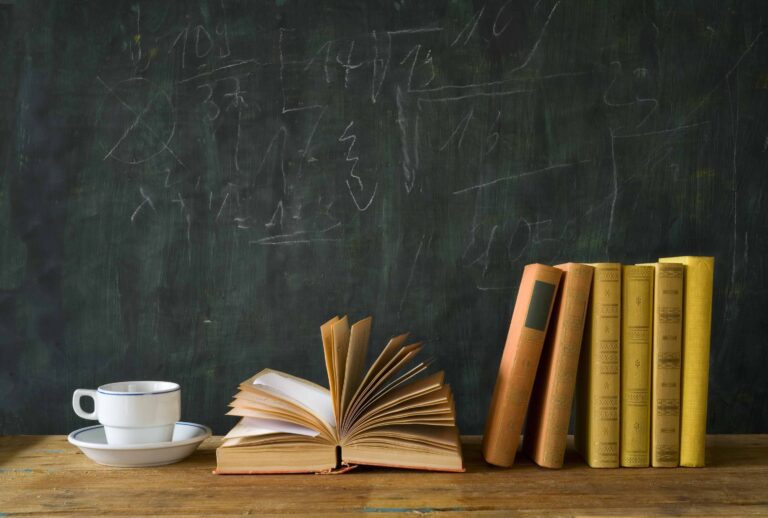How To Make Espresso At Home
If you’re reading this article you probably love your morning espresso at your favorite café, but you would love to learn how to make the same espresso at home. This article will show you how easy it can be.
My name is Jeremy and I am a barista. I was trained though the Barista Training and Education Program with FareStart Café in Seattle Washington. I was a student of a comprehensive eight-week program with teachers with an apprenticeship at their cafe. With my experience in the café working on a commercial level espresso machine making a hundred drinks per day I learned a lot about making coffee. I also invested in several at home espresso machines to enjoy and practice making espresso in my home.
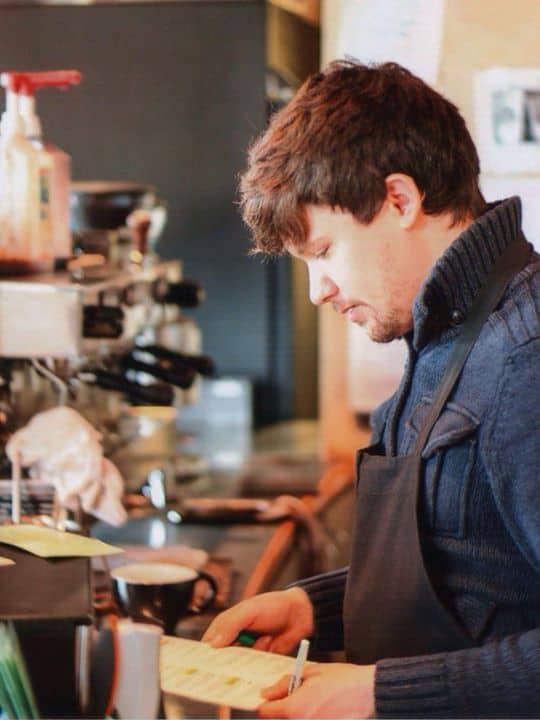
To start making your own espresso is easy, smells just like your favorite café, and can be a really fun process.
With the right tools you will be able to enjoy everyday espresso from your own kitchen with the skills you can learn from this blog.
What is Espresso?
Espresso is a 1 or 2 ounce coffee drink that is syrupy and intense in flavor. Espresso is extracted in 20 to 30 seconds, from finely ground espresso beans with near boiling water under pressure measured in “bar,” a metric unit of pressure. The standard amount of Bar needed to extract espresso is 9, which is about 9 times the pressure of the water faucets in your home.
I know that seem like a lot of facts, let me explain the basics with some simple tips from my experience with coffee over the years.
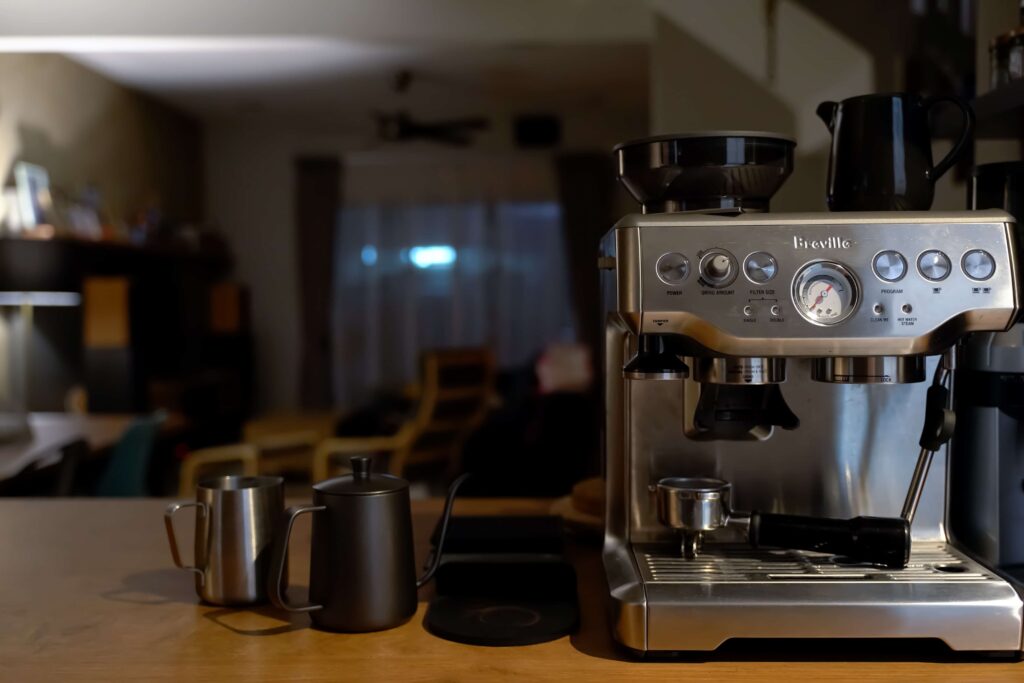
Coffee Beans
Good espresso begins with good coffee beans. A lot of people that enjoy coffee already have a favorite brand or roast they prefer. You may still want to visit your favorite café from time to time to purchase their in house roasted beans available for sale in small quantities. Fresh beans always taste and smell great.
I recommend medium to dark roasted coffee beans. The darker the roast the less the caffeine content and acidity. The lighter the roast the greater the acidity and less the sweetness. Bottom line is you want a balanced roast for quality espresso. One of the best places to store your beans is in the freezer. This will help keep it away from the air, light, heat, and humidity.
Home Espresso Equipment
PART 1
The Espresso Machine
A quality machine usually has dual boilers. Coming from personal experience that is the type of machine I have been able to rely upon for the longest life and stable everyday use. The dual boilers are helpful for easily making espresso and steaming milk at the same time. With a dual boiler you can make a few drinks in a row with a very precise extraction temperature. These countertop machines look similar to the professional machines but they are smaller and cost a fraction less than the professional machines.
If you need to make enough for a crowd of people then you would want a heat exchanger type of espresso machine. They are both equally sufficient machines. One is meant for a little larger amount of drink orders and is slightly less precise in temperature of extractions.
Look for a machine that is easy to descale. Scale build up is normal and is a by product of using harder water. Descaling usually involves just running a couple cycles of water through your machine with vinegar or a descaling solution. Maintenance with lengthen the life of your machine.
PART 2
The Grinder
Having the right grinder is half the battle when making quality home espresso. You may not end up buying a commercial grinder, but you can find similar quality in less expensive models. I recommend a burr grinder for a consistently finely ground coffee.
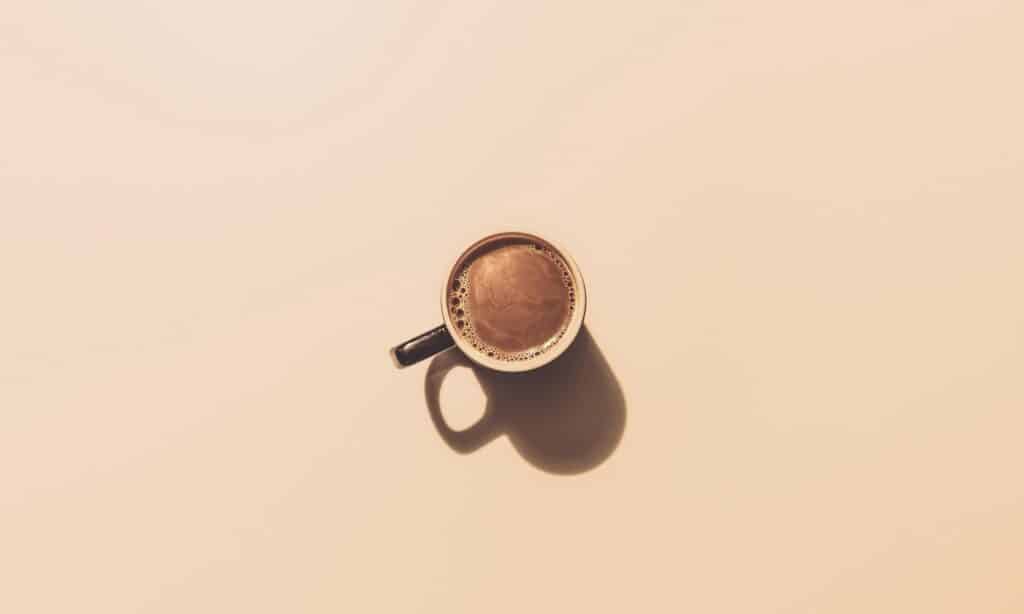
Grinding Your Beans
When you grind your coffee beans there is process taking place called degassing. A similar process happens during the original roasting of your beans. Grinding your beans speeds up the degassing process for the final time. Keep your coffee tasting the freshest by grinding your beans right before you make each drink. Then you have the added bonus of the aroma of fresh ground coffee beans wafting through the house. A pleasant way to wake up your significant other.
I always go with a very fine grind. Usually the finest possible grind setting on my grinder. This will allow for a long enough extraction time. The average extraction time is between 20 and 30 seconds. In the beginning it may be helpful to you to use a timer to tell how long your extractions are. You just need the extractions to be long enough for some bittersweetness, acidity and a little saltiness.
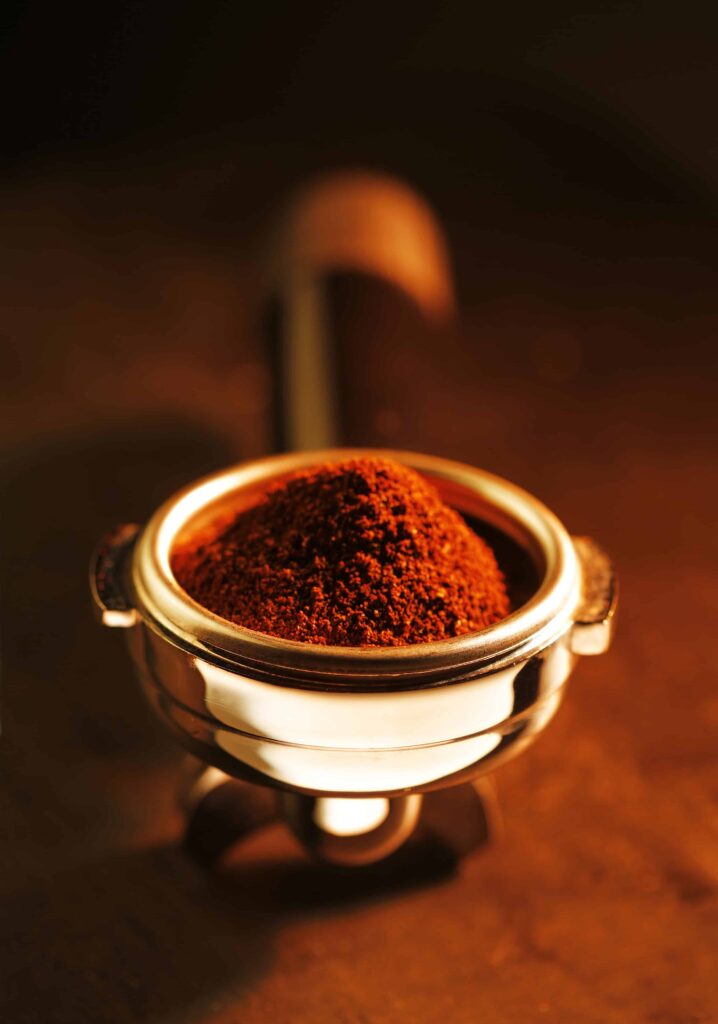
Tamping
Tamping is packing your coffee grinds into the porta filter. Level out your grinded coffee in the porta filter and then apply roughly 30 pounds of pressure. Just enough pressure to compact the grinded coffee will do. If you want you can use a scale to practice with.
Don’t worry about water brew ratios. Most home machines already have a standard measurement for the amount of water for one or two shots of espresso.
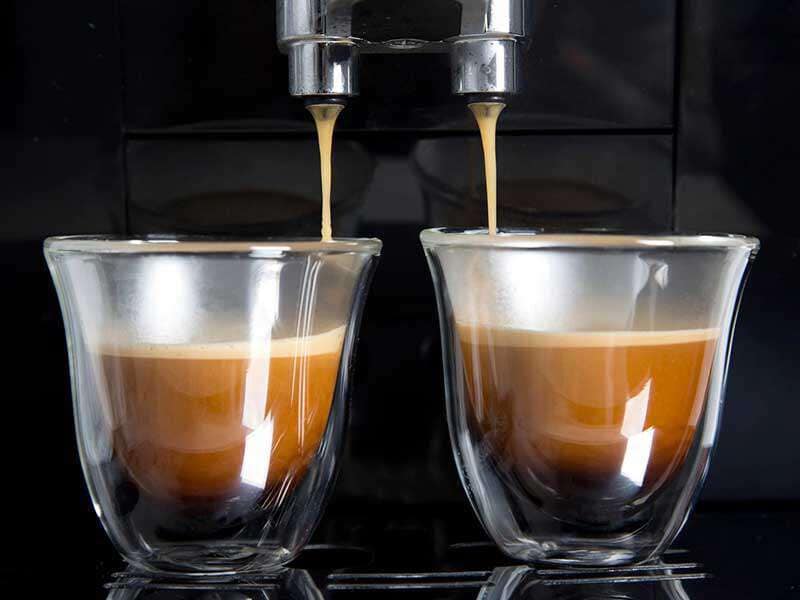
Now finally you can extract your ground coffee with your machine and then enjoy a nice cup of espresso all at home from the comfort of your own sofa or with a nice breakfast in bed with your significant other.
For a challenge you can try your hand at latte art. Here is an example of an easy technique for creating latte art:

